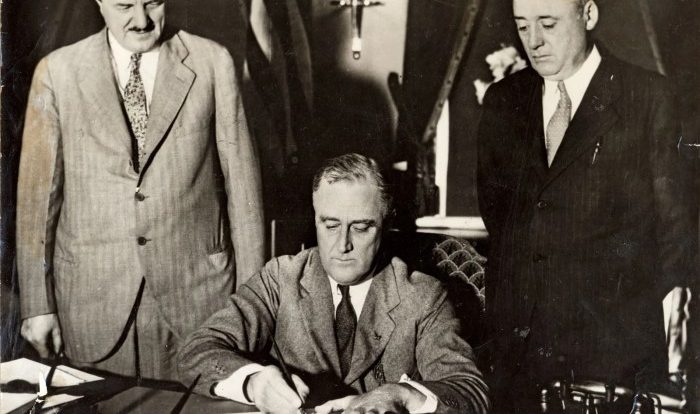Embark on an enlightening journey through the Articles of Confederation Crossword Puzzle Answer Key, a comprehensive guide that unveils the intricate workings of the first governing document of the United States. Immerse yourself in a historical narrative that weaves together the significance, provisions, strengths, and weaknesses of this foundational document.
Delve into the historical context that shaped the adoption of the Articles of Confederation, unraveling the challenges faced by the fledgling nation under its governance. Explore the process of ratification and implementation, gaining insights into how this document was put into practice.
Discover the amendments and revisions that reshaped the Articles of Confederation, analyzing their impact on the evolving American political landscape.
Definition and Overview
The Articles of Confederation were the first constitution of the United States of America. They were adopted by the Continental Congress on November 15, 1777, and ratified by all 13 states by March 1, 1781. The Articles of Confederation established a loose confederation of sovereign states, with a weak central government.
Key Provisions: Articles Of Confederation Crossword Puzzle Answer Key
The main provisions of the Articles of Confederation included:
- The creation of a unicameral Congress, with each state having one vote.
- The requirement that all important decisions be made by a unanimous vote of the states.
- The prohibition of the central government from levying taxes or regulating commerce.
- The establishment of a common currency and postal system.
Strengths and Weaknesses
The Articles of Confederation had several strengths, including:
- They preserved the sovereignty of the states.
- They prevented the central government from becoming too powerful.
- They allowed the states to experiment with different forms of government.
However, the Articles of Confederation also had several weaknesses, including:
- They made it difficult for the central government to raise revenue.
- They prevented the central government from regulating commerce.
- They made it difficult for the central government to enforce its laws.
Historical Context
The Articles of Confederation were adopted at a time when the United States was still a young and fragile nation. The states were wary of giving up too much power to the central government, and they wanted to preserve their own sovereignty.
Ratification and Implementation
The Articles of Confederation were ratified by all 13 states by March 1, 1781. However, the Articles of Confederation were not fully implemented until 1789, when the new government under the Constitution was established.
Amendments and Revisions
The Articles of Confederation were amended several times, but none of the amendments were ratified by all 13 states.
Legacy and Impact

The Articles of Confederation were a significant step in the development of the United States. They established the first national government, and they provided a framework for the Constitution that was adopted in 1789.
Questions and Answers
What were the key provisions of the Articles of Confederation?
The Articles of Confederation established a loose confederation of sovereign states, with each state retaining significant autonomy. Key provisions included the establishment of a unicameral Congress, the delegation of certain powers to the federal government, and the requirement for unanimous consent for major decisions.
What were the weaknesses of the Articles of Confederation?
The Articles of Confederation lacked a strong central government, which led to problems with enforcing laws, regulating commerce, and managing foreign affairs. The inability to levy taxes or regulate interstate trade further weakened the federal government’s authority.
How did the Articles of Confederation contribute to the development of the United States Constitution?
The weaknesses of the Articles of Confederation became evident during the 1780s, leading to calls for a stronger central government. The Constitutional Convention of 1787 ultimately drafted the United States Constitution, which replaced the Articles of Confederation and established a more robust federal system.
